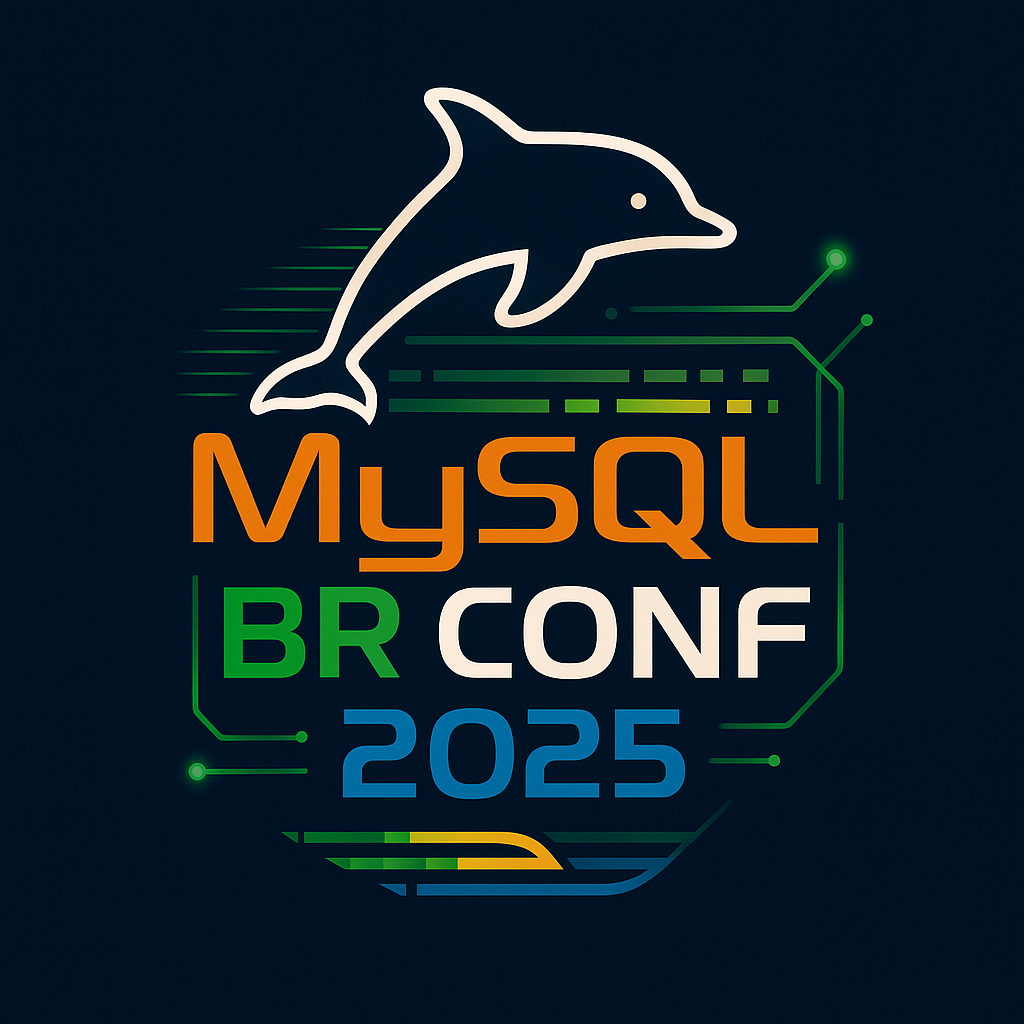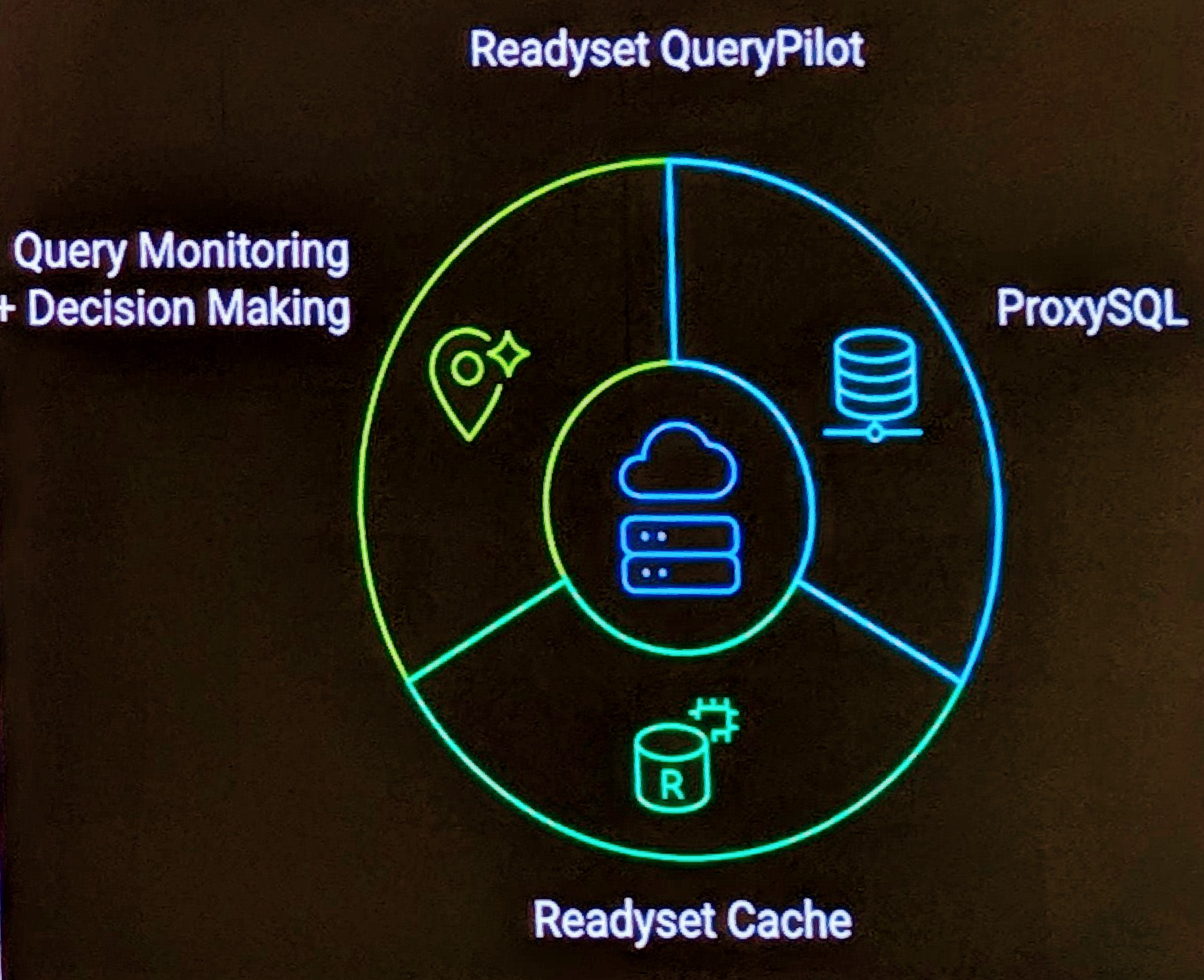A Wednesday afternoon presentation at the MySQL Conference was MySQL Migration Toolkit by Mike Zinner from MySQL AB.
In summary, the Migration Toolkit currently provides the following feature set.
- Wizard like interface
- Plug-in architecture
- Migration of Oracle/MS SQL Server/MS Access/Generic JDBC Data Sources. 2006 support for Sybase and DB2.
- Provides user support to expand to other databases
- Customisable the produced wizard scripts at any step
- Completely Scriptable (the wizard interface can produce command line replay scripts) -allows re-running, re-scheduling
- Binaries include an Eclipse Java Project to enable easy extension of the Migration Toolkit.
The product is built on the Generic Runtime Environment (GRT) which is used in other MySQL GUI Products. The GRT is a thin C Layer that allows you to easily add modules written in other languages (e.g. C/C++, Java, Lua, Python etc).
The following are the steps of the Migration process.
- Source/Target
- Object selection
- Object Mapping
- Manual Editing
- Schema Creation
- Data Mapping
- Bulk Transfer
- Summary
Some more relevent points on some of the individual steps.
Source/Target
- Screen caters for source specific requirements (e.g. SID for Oracle)
Object selection
- Choose the different Schema Objects, including tables, views. Can limit by type, or individual objects
- For Oracle additional objects include Schemas, Routines and Sequences
Object Mapping
- Define Methods for mapping of schema objects
- Includes Language types (e.g. latin1), multilanguage (utf8), or a user defined
- For Tables you can choose the purpose which includes data consistency, statistical data. These rules will include determining best storage engine, intepreting auto increment columns.
Manual Editing
- You Can drill down in great detail to define the object mapping, down to a column level
- Provides a migrated objects review, including warnings (for example views need to be manually checked, or sequence not migrated)
Schema Creation
- Can create objects in real-time or create a SQL script for later executation
- You can review the generate SQL code that will be used in real-time and perform further manual refinement (e.g. converting to specific SMALLINT,INT,MEDIUMINT refinement)
- Will show any warnings, and allow for manual correction
Data Mapping
- Can create data in a real-time to a MySQL database
- Create Insert Statements (normal data and blob data) (optimized multi-row insert with byte limits)
- No facility at present for flat file creation/loading via LOAD INFILE
Bulk Transfer
Summary
- A migration report which can be saved to disk.
- Create a Migration script for the complete process. (which is a generated lua script)
I can see the possibility for the following enhancements.
-
Consider ENUM fields by analysing data (columns char < 20) and offer as data type
-
Consider determining AUTO_INCREMENT columns
References
MySQL Migration Toolkit – Provides details, screenshots and Flash Tutorials for SQL Server, Oracle and Access Migrations.


